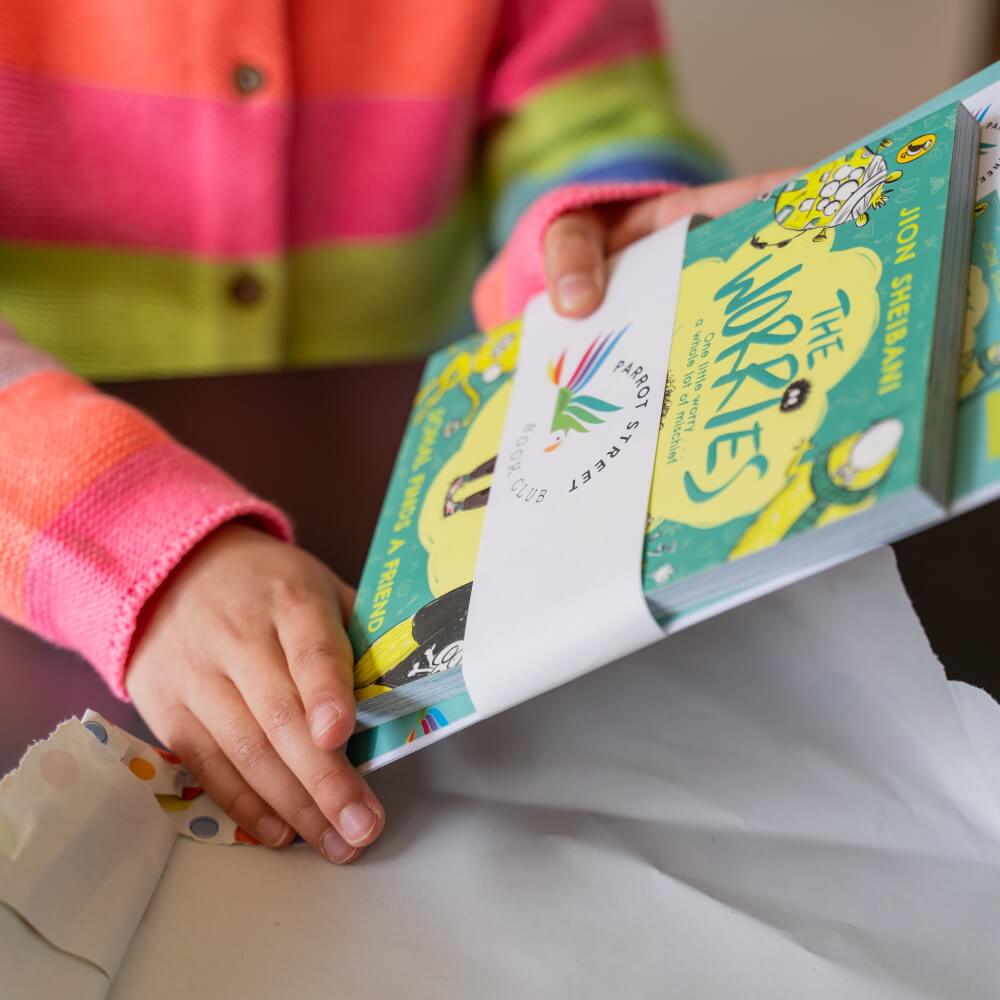Clara Kumagai on Catfish Rolling and books for teens set in Japan

Our Macaw subscribers are heading to Japan this month with Catfish Rolling by Clara Kumagai, a magical, compelling and thought-provoking novel with a stunning setting, a hugely relatable lead character and a powerful message about identity, memory and the passing of time. We were gripped by Sora's coming-of-age story, the mystery she finds herself at the centre of, and the brilliant blend of philosophy, science and storytelling. Here Clara tells us all about what inspired the book and which other stories set in Japan she recommends our tween and teen readers turn to next.
What inspired you to write Catfish Rolling?
The inspiration came from a few different places—firstly, the 2011 Great East Japan Earthquake and its aftermath. The Japanese myth of the catfish is of course a big inspiration, and how it causes earthquakes. The idea of time breakage came after I learned that the 2011 earthquake was so big that it shifted the earth on its axis. Our planet now spins faster—and as a result our day is a tiny bit shorter. That actually seems like science fiction to me, even though it’s real!
Are any of the characters or events based on real people and their experiences?
None of my characters are really based on real people, though some of their experiences are. In particular, some of the things encountered by characters who are multiracial (Sora and Maya) and Japanese-American (Naomi) are based on experiences that I and other multiracial people I know have had. These might be small (people thinking you can/can’t speak a certain language) or big (trying to figure out where your home is).
What research did you do for the book and did you learn anything that surprised you?
Reading is always a big part of my research, and usually the first place I start. I read books, articles and interviews by and about people who survived the 2011 disasters. I visited the TEPCO nuclear plant in Fukushima and some of the evacuated areas nearby, and went to museums and memorials that preserve objects and testimonies from 2011. I did some writing workshops in a high school that was built to replace several schools that had been destroyed in the tsunami and I’ve travelled quite a bit through the Tohoku region (the north east of Japan). I think that something that might be surprising to people is that Fukushima prefecture is really beautiful! There’s sometimes a perception that it’s a scary or desolate place, and while the evacuated areas have a sense of sadness and loneliness, the majority of the prefecture has lovely nature, communities and friendly people.
Which character do you have most sympathy for and why?
I have the most sympathy for Sora, probably unsurprising because she’s the main character. She’s at a difficult crossroads: in between high school and university, and torn between staying at home with her father and going to a new and exciting place like Tokyo. She’s also caught between past and future, and who she is and what she wants. But if she didn’t have all those troubles we wouldn’t have a book!
What do you hope young readers will take away from the story and how it unfolds?
A book can be a mirror or a window, so I guess I hope that readers find something for themselves in the book. For multiracial readers, I would be very happy if they feel seen; for other readers maybe it’s a new insight into what it’s like to be a mixture of races and cultures. There are big themes of grief, growing up and new relationships which I hope resonate with a lot of people. But of course I’m also delighted if readers simply think it’s a good and entertaining story!
Why did you choose to write books for this age group?
I think that when you’re a teenager it’s a time full of a lot of new and often complicated experiences. It’s also a period of exploration, when you’re trying to work out who you are and looking for your place in the world. That always makes for a lot of conflict and drama! For me, the books that I read as a teenager had a huge impact on me so I also want to recreate that for others.
Do you have a favourite place to write?
In my library/office at home! I have very green bookshelves and a cat that likes to sleep on my arm while I type.
Which other books set in Japan would you recommend our subscribers read next?
For YA and middle grade I recommend Traci Chee’s A Thousand Steps Into the Night, The Beast Player by Nahoko Uehashi (translated by Cathy Hirano), Temple Alley Summer by Sachiko Kashiwaba (translated by Avery Fischer Udagawa), Lonely Castle in the Mirror by Mizuki Tsujimura (translated by Philip Gabriel) and The Colour of the Sky is the Shape of the Heart by Chesil (translated by Takami Nieda). A Thousand Beginnings and Endings, edited by Ellen Oh and Elsie Chapman is also a wonderful anthology of Asian-inspired stories (not just Japanese). Also Shigeru Mizuki, who wrote a lot of manga (which was also adapted to an anime) about yokai, which is fun.
JOIN OUR EMAIL LIST
Children's book news straight to your inbox
We love sharing product updates, book recommendations, children's activity ideas and special offers via email.














